So-called friends of Taiwan in the United States are putting the island at risk as never before. The Taiwan Travel Act, passed unanimously by both houses of Congress, and signed by President Trump on March 16, 2018 without reservations, could gravely erode the distinction between the United States’ official relationship with the People’s Republic of China (P.R.C.) and its unofficial relationship with Taiwan.
The Taiwan Travel Act declares that “the United States Government should encourage visits between officials from the United States and Taiwan at all levels,” including “Cabinet-level national security officials, general officers, and other executive branch officials.” These provisions are inconsistent with U.S. commitments in a set of agreements known as the Joint Communiques, which together with the Taiwan Relations Act provide the framework for the official relationship between Washington and Beijing.
Every U.S. president since the establishment of U.S.-P.R.C. diplomatic relations in 1979, including Trump, has endorsed this framework. Because of the U.S. pledge to maintain only unofficial relations with the people of Taiwan, U.S. administrations have barred senior U.S. government officials and military officers, especially those with national security responsibilities, from visiting Taiwan. Failure to abide by this decades-long practice would be inconsistent with the U.S. pledge to maintain only unofficial relations with the people of Taiwan, and would be an act of bad faith that would discredit the United States.
Features
07.12.16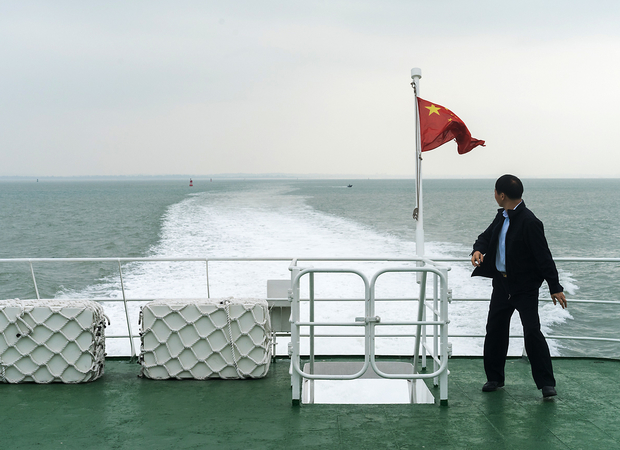
You Ask How Deeply I Love You
If the United States implements the Taiwan Travel Act in a manner inconsistent with its traditional one-China policy, the principal damage will be to Taiwan itself. Taiwan will experience reduced trade, increased tensions, a heavier burden of military expenditures, and poorer prospects. Moreover, Taiwan would compromise its freedom of action on a key aspect of its own security, which is the ability to calibrate the level of threat through careful management of its relationship with mainland China. Unless wiser heads prevail, the United States could unwittingly precipitate the most dangerous crisis since the end of the Cold War.
To understand why the Taiwan Travel Act is problematic, it’s important to understand the one-China framework, a legacy of the still not formally ended 1945-1949 Chinese Civil War. Nationalist leader Chiang Kai-shek’s flight from the mainland to Taiwan in 1949 resulted in two competing Chinese governments, each claiming to be the sole legitimate government of one China: the People’s Republic of China in Beijing, and the Republic of China in Taipei.
Foreign countries can only recognize one of the two governments as the sole legal government of China, and only maintain embassies and consulates in the territory controlled by the recognized Chinese government. Relations with the unrecognized authorities have to be conducted through unofficial entities, such as the American Institute in Taiwan, the non-governmental organization that represents United States interests on the island. In 1979, following U.S. recognition of the People’s Republic of China as the sole legal government of China, Congress passed the Taiwan Relations Act, which has allowed the United States to maintain a vibrant unofficial relationship with the island.
Viewpoint
09.15.17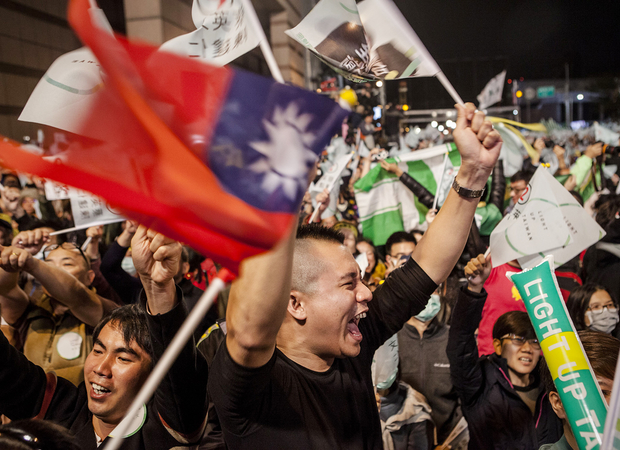
There Is Only One China, And There Is Only One Taiwan
Over the decades, Taiwan itself has edged away from a one-China framework. In 2016, the Taiwanese people elected a government that pledged to maintain the status quo in cross-strait relations but that refused to repeat language affirming the one-China framework. In part, this reflects shifting attitudes on the island. Taiwan’s population increasingly identifies as Taiwanese rather than Chinese. Public opinion surveys indicate that a growing majority of Taiwan residents favor independence over unification with China. However, because Beijing has consistently asserted that it will use military force if necessary to prevent Taiwan’s separation from China, polls have consistently shown that most Taiwanese opt for maintenance of the status quo over the dangers of an open quest for independence.
Meddling in this issue by the United States is particularly sensitive from Beijing’s standpoint. President-elect Trump’s unprecedented telephone conversation with Taiwan President Tsai Ing-wen in December 2016, and his subsequent intimation that he might use the U.S.’s traditional one-China policy as a bargaining chip with Beijing, set off alarm bells in the Chinese capital. Following a spate of quiet but intense diplomacy, the Trump administration confirmed that it would abide by the traditional U.S. one-China policy, as set forth in the Joint Communiques and the Taiwan Relations Act. This necessitates continued maintenance of an unofficial relationship with Taiwan.
Tinkering with the one-China framework under these circumstances is a recipe for disaster. At the 19th Party Congress in October 2017, Communist Party Secretary Xi Jinping emphasized that China “must uphold the principles of ‘peaceful unification’ and ‘one country, two systems.’” And he stressed that China “will never allow anyone, any organization, or any political party, at any time or in any form, to separate any part of Chinese territory from China!” As long as the one-China framework has remained intact, Beijing has shown patience in waiting for “peaceful unification.” This is important because current trends do not favor early resolution of this issue.
Books
01.11.17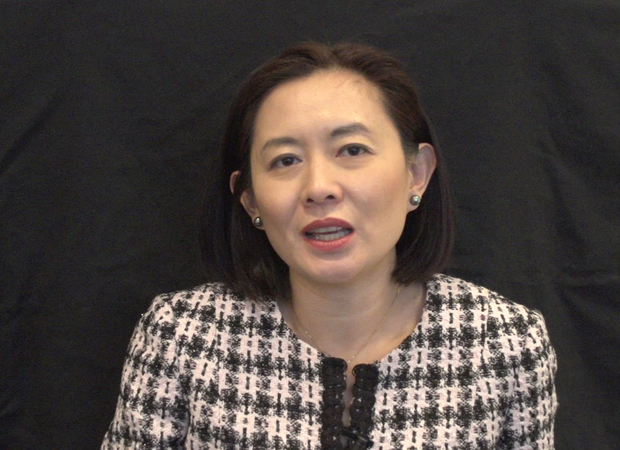
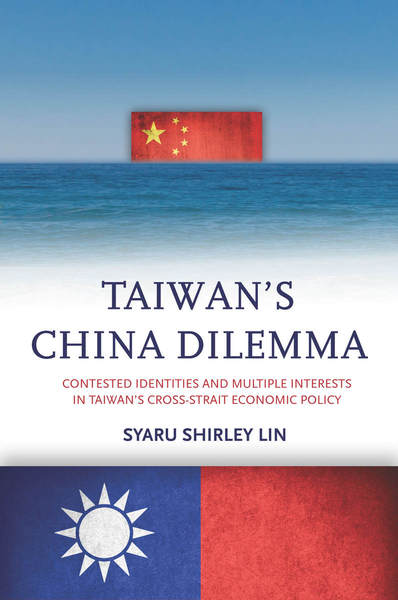
Taiwan’s China Dilemma
Beijing’s concept of one country, two systems has never appealed to Taiwan. This concept provides that unification of Hong Kong, Macau, and Taiwan with mainland China would not alter their ability to preserve their own respective political and economic systems. But since Hong Kong’s 1997 reversion to the mainland, Beijing’s application of the one country, two systems concept to Hong Kong has not increased its attractiveness to residents of Taiwan. Nor do they look with favor on the current effort by the Party to tighten control over the lives of mainland China citizens.
This is not the time to rock the boat. For nearly 40 years, Taiwan has prospered in the shadow of mainland China. After adjusting to the shock of the rupture of diplomatic relations with the United States in 1979, Taiwan’s far-sighted President Chiang Ching-kuo boldly began opening up cross-strait relations with mainland China, liberalizing Taiwan’s political system, and shifting political power to the people. Chiang’s successors continued the process.
The results have been dramatic. Taiwan’s exports to mainland China, including Hong Kong, are now over three times those to the United States. Taiwan’s per capita GDP of nearly $50,000 at purchasing power parity ranks just after Australia and ahead of Denmark. The worries of Taiwan residents over being absorbed by mainland China have been largely economic and social, not military.
Viewpoint
02.10.17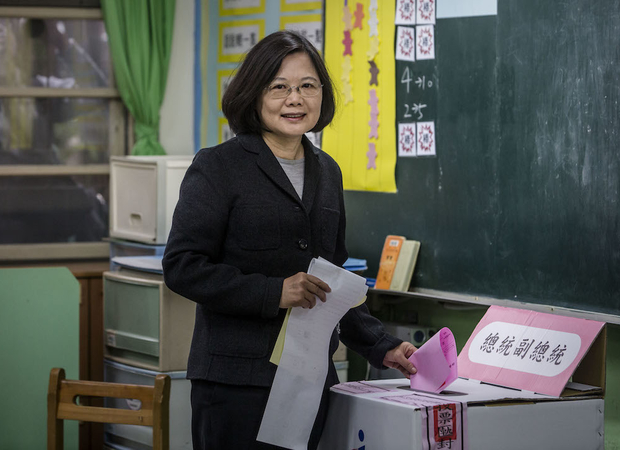
Taiwan Needs to Hear Trump Say ‘Democracy’
Taiwan also has a unique global status. It is the only disputed territory in the world that completely controls its domestic affairs. It freely holds multi-party democratic elections, over which mainland China exercises no control. It is a member of the World Trade Organization and the Asia Pacific Economic Cooperation forum. What it lacks is diplomatic recognition by more than a handful of governments. Its desire for equal status with independent countries in the international arena is understandable, but this does not provide a compelling basis for actions that could compromise the favorable position it now enjoys.
This underlines the importance of avoiding actions that undermine the one-China framework without adequate attention to the potential consequences. There is a better way. The United States should maintain the one-China policy that has served both it and Taiwan well. The Taiwan Travel Act should be implemented in a manner consistent with that framework. Blurring the distinction between official and unofficial relations will damage U.S. credibility, undermine Taiwan’s future prosperity, and generate dangerous tensions. Putting the future at risk is not good policy.




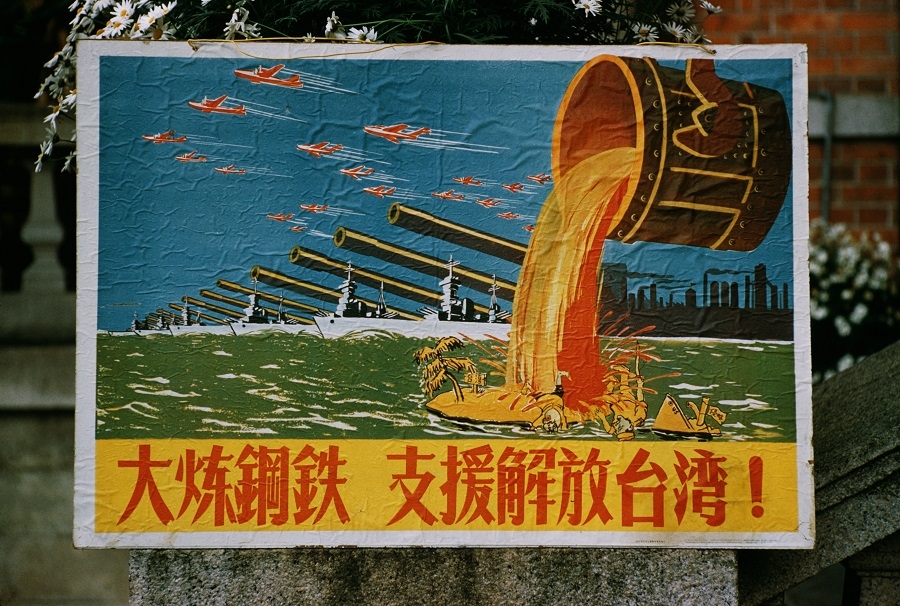
Comments
Brian Su
In “Trump’s Incredibly Risky Taiwan Policy,” Ambassador J. Stapleton Roy argues that the Taiwan Travel Act puts Taiwan’s future prosperity at risk and undercuts the U.S. existing policy framework. His article, however, fails to mention that long before the passage of this act Beijing had already increased its aggressive rhetoric and shows of military might against Taiwan. This—and not the Taiwan Travel Act—is the danger. We believe this act reflects the robustness of U.S.-Taiwan relations, and that it could be implemented in a constructive manner, based on the mutual trust between the U.S. and Taiwan.
When it comes to dealing with Beijing, Taiwan has vowed to maintain the status quo and has pledged that it will not turn to a path of confrontation. Taiwan’s commitment to upholding peace across the Taiwan Strait will not change. However, over the past year, Chinese warplanes have conducted “island encirclement patrols” around Taiwan numerous times, and launched flight routes in the Taiwan Strait without any prior consultation with Taipei. Beijing also blocks Taiwan’s dignified and meaningful participation in the specialized global agencies that are essential to its people’s survival, such as the World Health Organization and International Civil Aviation Organization. These belligerent acts occurred even before the passage of the Taiwan Travel Act, and they continue to persist.
The Taiwan Travel Act manifests U.S. commitment to maintaining peace and stability in East Asia, and helps reaffirm Washington’s broad and continuing support for Taiwan. This helps boost Taiwan’s confidence and willingness to continue to exert maximum goodwill in order to safeguard the benign development of cross-Strait relations. The Taiwan Travel Act also sends a clear message to Beijing that aggressive behaviors only reinforce U.S. commitment to the democratic Taiwan.
As Ambassador Roy points out, Taiwan has prospered under the shadow of mainland China over the past 40 years. Taiwan has been able to do so thanks in large part to the flexibility of the U.S. policy framework. The Taiwan Travel Act adds to that flexibility, and should be seen as an instrument that helps the U.S. government better understand the political and security environment in Taiwan. In today’s ever-complex international situation, it is far more necessary to increase the opportunity for Taiwan and the U.S. to engage with each other, to ensure not just peace in the Taiwan Strait, but that of the entire region.
Joseph Bosco
J. Stapleton Roy, U.S. Ambassador to China from 1991-1995, has condemned the Taiwan Travel Act as provocative, and criticized its supporters as “so-called friends of Taiwan.”
That label presumably applies to every member of the United States Congress as well, since both the House and Senate passed the act unanimously, and to President Donald Trump who signed it into law without reservations.
Roy objects to the act’s call for “visits between officials from the United States and Taiwan at all levels.” He says the law is inconsistent with the one-China framework under which Washington recognized the People’s Republic of China (P.R.C.) as the sole government of that part of the original Republic of China called “the Chinese mainland.”
When the Carter administration broke relations with the remaining Republic of China on Taiwan in 1979, Congress immediately passed the Taiwan Relations Act, mandating a healthy ongoing relationship between Taiwan and the United States. Since then, successive U.S. administrations have limited U.S.-Taiwan contacts to lower-level officials.
But circumstances have evolved significantly since then, and Roy provides the historical context when he describes the political situation on Taiwan after the change in diplomatic relations: “Taiwan’s far-sighted President Chiang Ching-kuo boldly began opening up cross-strait relations with mainland China, liberalizing Taiwan’s political system, and shifting political power to the people. Chiang’s successors continued the process.”
The Taiwanese people struggled and sacrificed to achieve that political power and they have exercised it by affirming their commitment to a democratic system. That new reality clearly does not envision replacing the old yoke of dictatorship with an even more oppressive one imposed by the Chinese Communist Party.
Roy concedes that Beijing’s mistreatment of Hong Kong under a “one country, two systems” formulation, and its tightening control over the lives of Chinese citizens have “not increased its attractiveness to residents of Taiwan.”
Indeed, he also acknowledges that “a growing majority of Taiwan residents favor independence over unification with China” and would choose “an open quest for independence” were it not for Beijing’s threat to use military force in such a contingency.
But Roy fails to mention that the P.R.C.’s official threat of force against Taiwan—the 2005 Anti-Secession Law—goes well beyond a declaration of independence by Taiwan. It also claims a right to attack Taiwan if it simply takes too long to accept “peaceful” unification.
Roy cites Communist Party Secretary Xi Jinping’s affirmation of Chinese designs on Taiwan. Yet, his historical analysis does not recognize that the P.R.C.’s ongoing threat of force undermines the very premise of Washington’s diplomatic switch. The Taiwan Relations Act explicitly states that U.S. policy is “to make clear that the United States decision to establish diplomatic relations with the P.R.C. rests upon the expectation that the future of Taiwan will be determined by peaceful means.”
Moreover, the other predicate of the initial U.S. policy has also eroded. The Shanghai Communique stated that Washington “acknowledges that all Chinese on either side of the Taiwan Strait maintain there is but one China and that Taiwan is a part of China. The United States Government does not challenge that position.”
If the statement ever reflected actual public opinion in the P.R.C. and on Taiwan—rather than the view of all Chinese dictators—it certainly is not true today.
Roy concludes: “Putting the future at risk is not good policy.” But that is exactly what U.S. policymakers have done by not making clear to Beijing that America will defend Taiwan’s right to determine its own future. Now is the time.